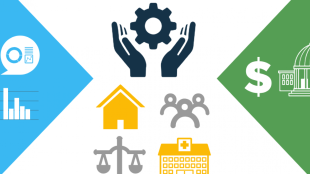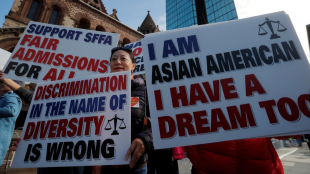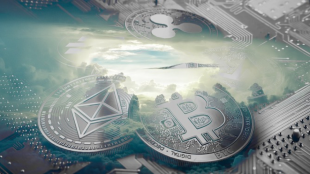Student Loans: An Evolving Balancing Act of Public and Private Lenders
(Source) As the political circuit heats up, politicians have acknowledged the public’s growing concern for the student debt crisis. The issue has taken center stage, especially among millennial voters, as collective student debt in the United States has hit $1.5 trillion—becoming one of the largest consumer debt categories. The rise of student debt parallels the skyrocketing cost of education in the U.S. as student lending practices and educational costs create a perpetuating cycle of increasing fees. It is important to look back at the policy choices behind student lending practices in the U.S. to understand the current system. Arguably, the public lending practices that have allowed the drastic increase in educational costs were essential to mitigate other negative externalities. The Path to Direct Lending: Ensuring Non-Discriminatory Education at Lower Costs In attempts to develop a nationwide student loan program in 1965, Congress established the Federal Family Education Loan (“FFEL”) program. Non-discriminatorily guaranteeing student loans served as the program’s cornerstone as long as students were eligible for the program. This was Congress’s attempt to “even the playing field” for students of different socioeconomic statuses. Before FFEL, students would have to turn to the private market for student loans, limiting [read more]










